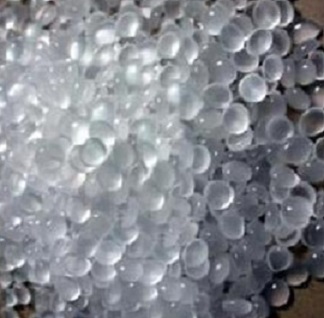Polymers Petrochemicals Packaging Bioplastics 27-03-2019 - Arhive
- China – Polyethylene Terephthalate
PET and its chain are weak.
- Polyamide 6 and its chain are steady.
PET Bottle grade export 1,060/1,100 $/ton – PET Bottle grade domestic market 8,500/8,600 yuan/ton – PET Filament grade SD domestic market 7,700/7,800 yuan/ton – PET Filament grade BR domestic market 7,800/7,900 yuan/ton
PTA Taiwan 835/845 $/ton – PTA domestic market 6,500/6,600 yuan/ton – MEG $ 6,25/640 $/ton – MEG domestic market 4,950/5,050 yuan/ton – PX Korea 1,010/1,025 $/ton
POY 150D/48F domestic market 8,950/9,050 yuan/ton – DTY 150D/48F domestic market 10,550/10,650 yuan/ton – PSF domestic market 8,700/8,850 yuan/ton
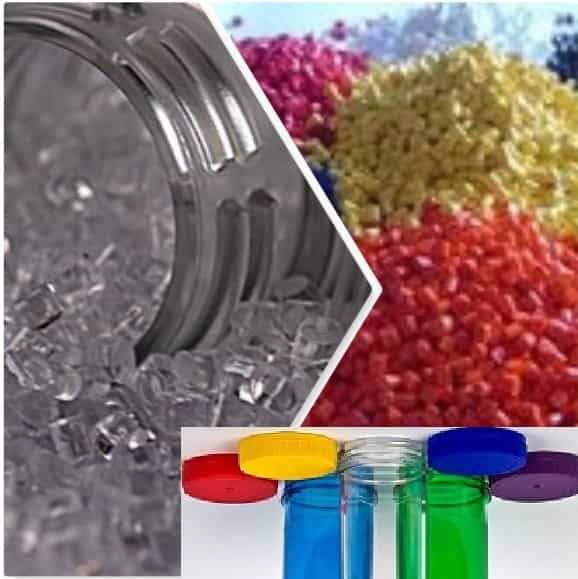
Crude Oil Prices Trend

Innovate UK has provided a grant of £800 000 (US$ 1 million) to fund a black plastics recycling project.
The R&D project is a collaboration between recycling compliance scheme Ecosurety, plastic innovations specialist Impact Solutions, reprocessors Impact Recycling and plastics injection moulder company McLaren Plastics.
At the heart of the partnership is Impact Solutions’ recycling technology, PolyMet. This process enables the removal of pigment in coloured, rigid plastics without damaging the original plastic polymer.
Ready for phase two
Even today, black plastics are still a tricky material to handle. An estimated 1 million tonnes of black plastic packaging is landfilled or incinerated every year. It is hoped that the PolyMet technology will secure new markets for this ‘low value’ plastic by converting it into a reusable plastic feedstock. Also, the technology could help producers
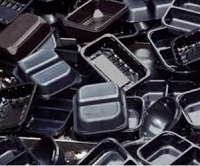
RJG Technologies has been named for the second consecutive year as the Best UK Plastic Injection Moulding Consultancy.
The company was nominated for the award, following a phase of voting on the GHP website, in the third annual Pharmaceutical Manufacturing & Packaging Awards.
The criteria for meeting this award was extremely wide and involved being seen as an outstanding consultancy, which demonstrated innovation, a commitment to excellence whilst also creating innovation in the production process, which has a measurable effect on the market in which we operate.

MultiFreshTM is one of the core themes of this year’s IFFA presence by MULTIVAC. This packaging concept for producing high-quality vacuum skin packs will be shown on a thermoforming packaging machine and several traysealers. Paper fibre-based packaging materials, which meet the current demands for recyclability, will also be used on the machines in Frankfurt.
MULTIVAC has many years of experience in vacuum skin technology. MultiFresh packaging machines meet all the market requirements in terms of pack size, output and level of automation, and they are designed for packing a wide range of meat and sausage products with different product protrusion heights.

McGill University researchers have developed a new chemical process that could turn lobster, shrimp, and crab shells into biodegradable plastic.
For most of us, lobster shells are just scaly-looking things that pile up on the side of our plates while we pick apart and devour an overpriced crustacean at the local seafood restaurant.
Researchers at McGill University in Montreal have found a more noble end for discarded lobster shells, however, by developing a new chemical process that could turn them into biodegradable plastic.

Due to their great versatility, fiber-based materials make up an estimated 10 percent of all materials currently on the market.
But turning fiber-based materials into technical textiles is subject to high-quality standards and strong cost pressures.
Help is provided in the form of sensors, digital assistance systems, and connected production.
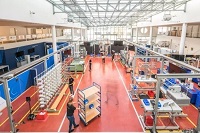
Cyclohexanone is a chemical which is widely used as a solvent. It is an organic compound and is a colorless oil with its odor being similar to peppermint and acetone.
Cyclohexanone is a hazardous liquid and can be identified based on its appearance – it’s colorless to light yellow.
Cyclohexanone easily dissolves in cold water and the offered compound is widely used to produce various precursors of nylon.
Approximately 95% of the manufactured produced is used in the production of nylons.
The most important application of cyclohexanone is that it acts as a chemical intermediate in the production of adipic acid and in the manufacturing of caprolactam.
Cyclohexanone is an excellent solvent for DDT and organic phosphorous pesticides and insecticides.
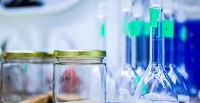
A key enabler for a circular economy for plastics, advanced chemical recycling technologies have the potential to revolutionize the way we make, use, and reuse plastic resources.
APM_Output_Graphic_FB_3.jpgAPM_Diversion_Graphic_FB_2.jpgAPM_Jobs_ Graphic_FB_1.jpgA new report from the American Chemistry Council finds the potential economic impact of expanding advanced plastic recycling and recovery technologies in the U.S. to be nearly $10 billion.
The report examines a burgeoning class of technologies that convert used plastics into a range of products and raw materials such as chemicals and chemical feedstocks for new plastics, lower-carbon transportation fuels, and other petroleum-based commodities.
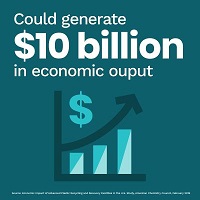
CMT’s 20th GEPET & Recycling Summit from May 8-9, 2019 in Madrid highlights Europe’s PET packaging industry’s evolving trends in sustainable production, increasing use of rPET plus recycling operations and technology investments.
The 20th edition starts with a Keynote Address by Hans Van Bochove, Chairman, EUROPEN, who is also Vice-President European Public Affairs, Coca-Cola European Partners (CCEP).
In his speech on ‘Evolving Extended Producers Responsibility – Making the Economics Work for the Future’ Mr. Bochove outlines the latest status on regulatory developments around packaging, including EPR.
![]()
Demand for bio-based chemicals has been increasing due to the rise in consumption of these chemicals in various industries. Additionally, increase in need to lower greenhouse gas (GHG) emissions and rise in demand for bio-derived products due to environment concerns are projected to propel the demand for bio-based chemicals during the forecast period.
Growth in initiatives to minimize carbon emissions and increase in investments in R&D activities to develop bio-based chemicals are also anticipated to fuel the market in the next few years.
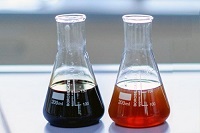
Spot polyolefin demand in theEast Mediterranean (East Med) markets hasremained mostly weak, dampening any possibilityof prices rising in April.
Fruit market at MarretNuman city in Syria (Photo by MohammedBadra/EPA-EFE/REX/Shutterstock)
The macroeconomic landscape in the regionremains weak, largely due to geopoliticalwars/tensions in Iraq and Syria, which aremajor markets for plastic finished goods in theregion.
Regional resins demand remained poor and is notexpected to improve much despite the seasonaluptick ahead of the Muslim fasting month ofRamadan, which begins in early May.
